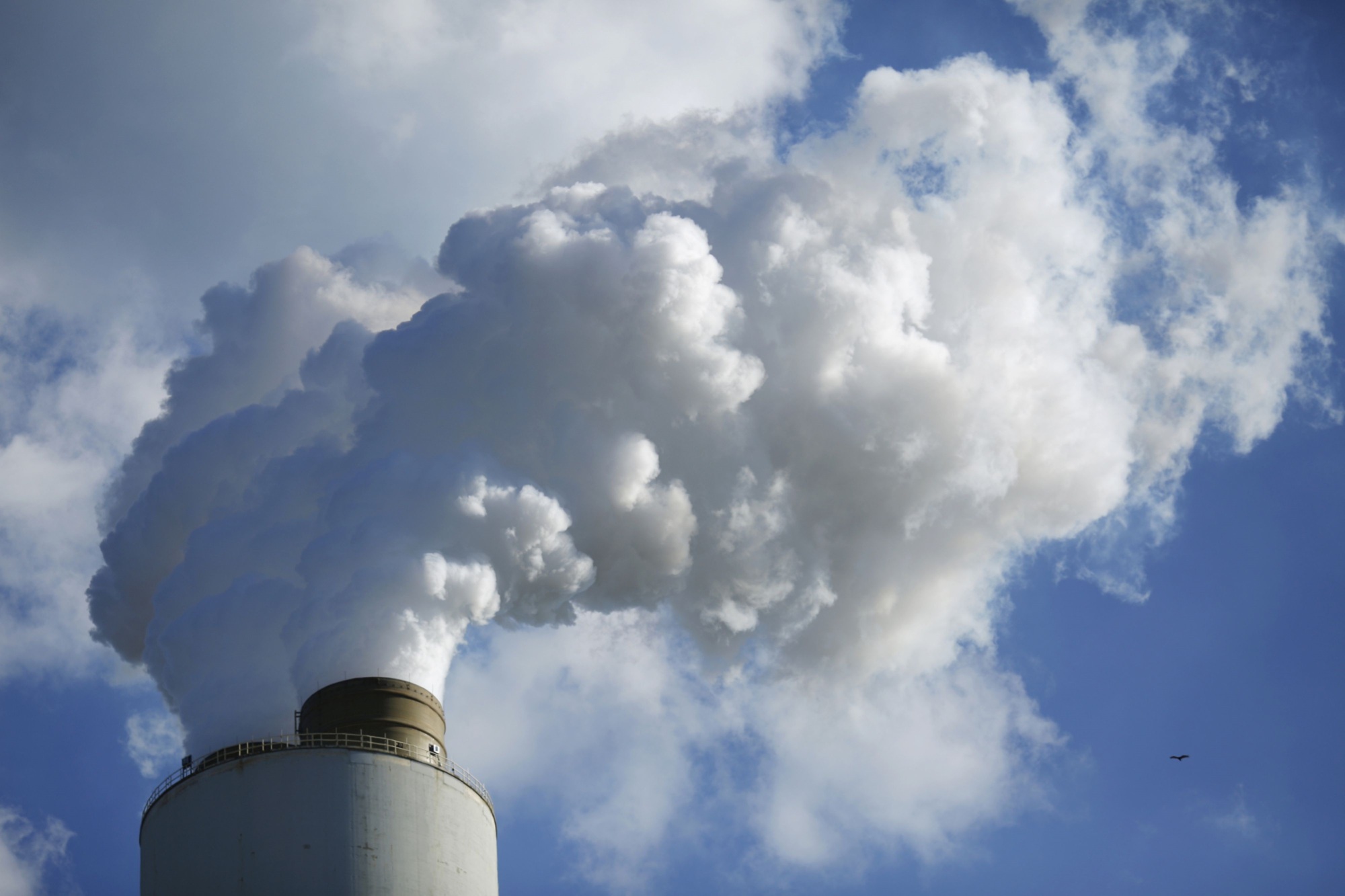
A new draft version of Vietnam’s much-delayed Power Development Master Plan 8 (PDP8) began to circulate earlier this month [September 2021] with revisions that put the country’s closely watched energy transition at risk. In a surprising shift, the planners have raised the installed capacity target for coal-fired power by 3 gigawatts (GW) to 40GW by 2030, with an additional, and final, 10GW to be deployed by 2035. To make room for this pivot back to coal, the planners sacrificed 6GW of wind power that was expected to come online by 2030. Offshore wind was removed entirely from PDP8’s base case scenario.
Between 2016 to 2020, coal power project sponsors delivered only 52% of the capacity expected in the master plan, undermining the security of the power supply for Vietnam’s fast-growing economy. For Vietnam’s energy planners, the lessons from this mistake are still fresh. By opting to push ahead with an expanded coal power pipeline, Vietnam risks shunning globally recognised clean project sponsors who have credibility in delivering cost-competitive projects.
Guest post from Asian Power





